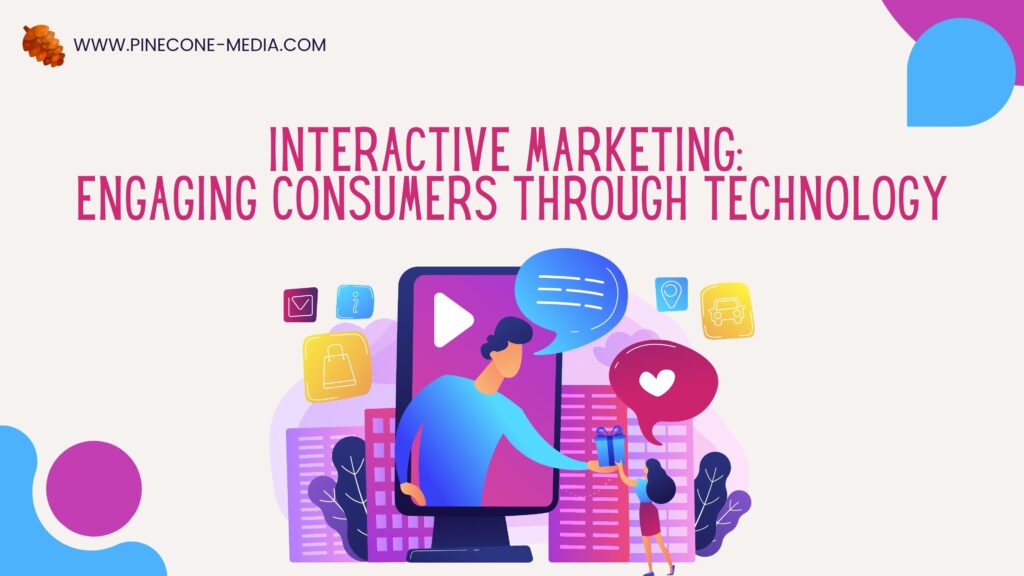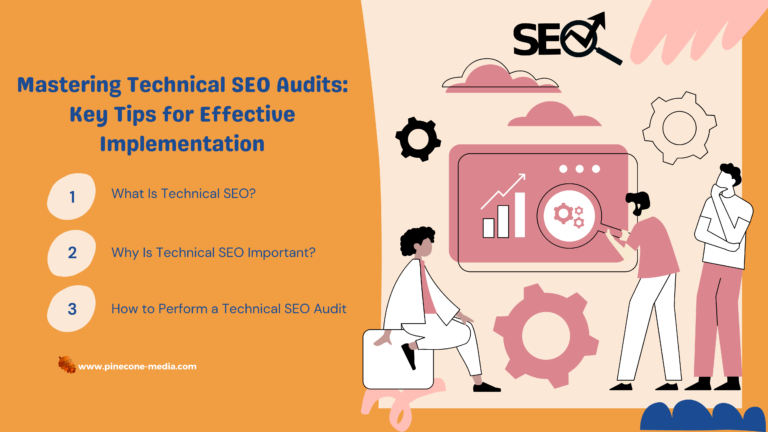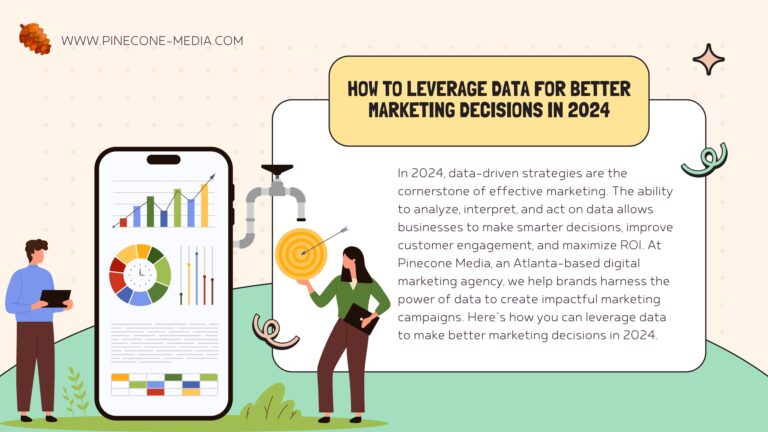Interactive Marketing: Engaging Consumers through Technology
Interactive marketing is transforming the relationship between brands and consumers, leveraging cutting-edge digital technology to create engaging, memorable experiences. As we navigate a landscape where consumer attention is more fragmented than ever, interactive marketing stands out by not just reaching but truly engaging audiences. At Pinecone Media, we delve into the ways that technology is powering this dynamic form of marketing and how businesses can harness its potential.

The Essence of Interactive Marketing
Interactive marketing is all about two-way communication facilitated by technology. Unlike traditional marketing methods that often broadcast a single message to all consumers, interactive marketing involves personal interactions that adapt based on the consumer’s actions. This approach allows for more tailored and impactful communication, enhancing the consumer experience and increasing engagement.
Technologies Driving Interactive Marketing
- Augmented Reality (AR) and Virtual Reality (VR): AR and VR are revolutionizing interactive marketing by creating immersive experiences. For example, AR apps can allow consumers to see how furniture might look in their home before making a purchase, while VR experiences can transport them to virtual environments that showcase a brand’s products or values.
- AI and Chatbots: Artificial intelligence, particularly in the form of chatbots, personalizes consumer interactions at scale. Chatbots provide instant responses to customer inquiries on websites and social media, delivering a high level of customer service that keeps consumers engaged and satisfied.
- Interactive Content: This includes quizzes, polls, and interactive videos that require active participation from the user. Such content is not only more engaging but also increases the time spent interacting with the brand, which can lead to higher conversion rates.
Benefits of Interactive Marketing
- Enhanced Engagement: By involving consumers in the marketing process, brands can hold their attention longer and make a more substantial impact.
- Increased Satisfaction and Loyalty: Personalized experiences make consumers feel valued and understood, which enhances satisfaction and fosters loyalty.
- Higher Conversion Rates: Interactive marketing strategies are often more effective at guiding consumers down the sales funnel as engagement typically correlates with conversion.
Implementing Interactive Marketing Strategies
To effectively implement interactive marketing, businesses should:
- Understand their Audience: Use data analytics to understand consumer behaviors and preferences.
- Choose the Right Technologies: Select technologies that align with the brand’s goals and audience’s expectations.
- Create Meaningful Interactions: Ensure that every interaction adds value for the consumer, whether it’s informational, educational, or entertaining.
Interactive marketing is setting a new standard for consumer engagement through technology. By embracing this approach, brands can create more meaningful and lasting connections with their audiences. At Pinecone Media, we help clients develop and implement interactive marketing strategies that leverage the latest digital technologies to captivate and engage consumers effectively, ensuring they not only meet but exceed their marketing objectives.
Interactive Marketing, Consumer Engagement, Digital Technology, Brand Loyalty, Marketing Strategies




